By konjo doll
Liquid foundation is one of the ficklest products to apply. Ever.
Not only is its basic application a chore, but even after you feel like
you have a routine down, the smallest hiccup — anything from product
buildup on your brush to a stray brush stroke — can throw off your
entire look for the rest of the day.
But after years (literally, it has been that long) of trying
different methods, brushes, and foundations, I think I finally have it
down to a handful of simple steps that can make all the difference in
the world.
1. Grab your favorite liquid foundation
Grab your favorite liquid foundation. Now, I almost always choose a
full coverage one, as this method will sheer it down a bit, making it
suitable for most skin types and needs. Pour or pump an amount about
the size of a nickel or quarter (this will vary depending on the
condition of your skin) onto the back of your hand or a palette.
2. Take a dense, flat-top brush
Take a dense, flat top brush (my favorite is the
Sigma F80),
and dip it into the foundation. Dot this onto your nose, the cheeks,
around the borders of your face, and your chin (one “dip” should pick up
enough product to lightly dot around all of these areas).
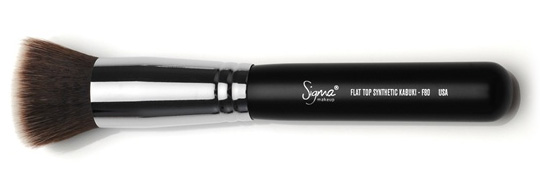
3. Starting at the nose…
Starting at the nose, stipple in small, tight areas, moving to the
cheeks and the borders of the face, stippling product inward towards the
center. Repeat this process for your chin.

4. With what is left on the brush…
With what is left on the brush, stipple over the area above your lips
and below your mouth. Avoid the area where you get smile lines for now
(this will look weird, but we’ll correct this malfeasance later.
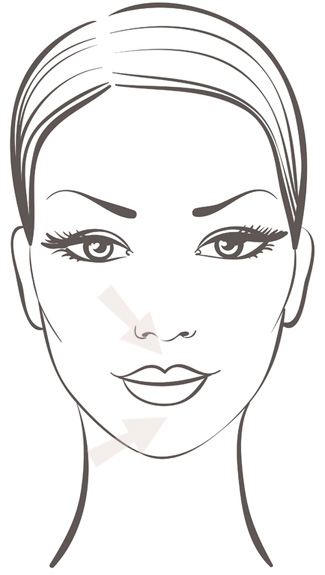
5. If you regularly use foundation under your eyes…
This next step is only if you regularly use foundation under your
eyes, rather than or in conjunction with concealer. If you don’t, skip
to the next step. Take a bit of foundation on the outer edge of your
brush, and dot lightly under the eyes, concentrating the product at the
lower inner corners where your undereyes are darkest. Stipple lightly
over this area, taking the foundation applied under the eyes up and onto
the eyelid and browbone.

6. Stipple across your forehead and into the hairline
You should have about 1/3 of the product left. Take some on your
brush, and stipple it across your forehead and into the hairline (almost
as bad as the jawline is a blatant change in color at your hairline,
which many people tend to neglect). Your entire face should now be
covered (except for the small area around your smile lines).

7. Dot under your jawline
Take the remainder of the product on your brush, and dot it under
your jawline. Stipple this upwards to “connect” with the product on
your face, and downwards slightly to fade it into your neck. Stipple
lightly where your ears connect to your face.

8. Stipple all over your face
Stipple all over your face, using any excess product to deal with
problem areas. This distributes the foundation evenly. You may now go
over your smile line area, which will only be covered with a small
amount of product, greatly reducing the chance of creasing.
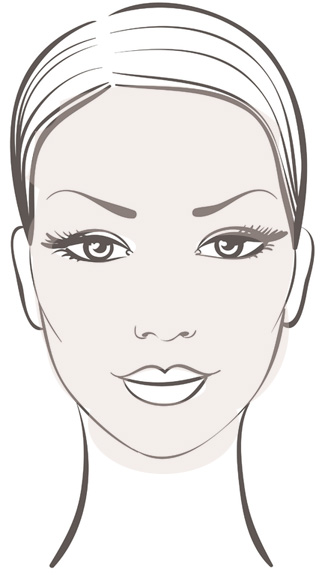
9. Buff in a circular motion
After you have stippled all over your entire face once, lightly buff
in small circular motions using the same brush. This blurs
imperfections and removes any excess product, and melds the product with
your skin, giving it a natural skin-like texture. Make sure to buff
under your eyes, over your eyelids, and around your hairline to blend
the product into the tight borders surrounding these areas. Keep
buffing until the foundation starts to feel a bit tacky (it usually
takes 2-3 passes over my entire face and under my jaw to get to this
point).
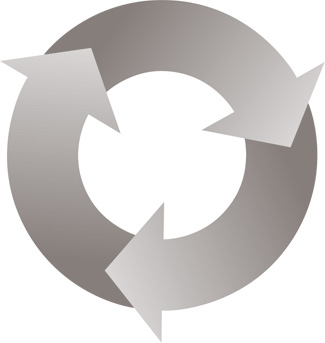
10. Apply any cream face products now
Apply any cream face products (blush, highlighter, contour, etc.)
11. Let your foundation set
This step is crucial. Let the foundation set for 3-5 minutes. Take a
tissue, and blot all over your face, avoiding the nose if you have
large pores. Pay special attention to the eyelids, lines under the
eyes, and the corners of the eyes (where excess product will definitely
have creased and collected). If your foundation tends to set into your
smile lines, you may wish to buff very lightly over this area once more
using the same brush as before.

12. Apply loose powder with a puff
Apply loose powder with a puff, rolling and pushing it into the skin.
13. Finish with any other powders and blend
Apply any other powder products (blush, bronzer, contour, etc.), and blend well.
This may seem a tad complicated, but ignoring the setting times, this
whole thing takes 5-7 minutes at most, and results in smooth, even,
porcelain skin.
If you wish to sheer down this application even further, dampen your
brush slightly before application to prevent excess product from being
absorbed by the bristles. Make sure to always use a (relatively) clean
brush for application (I tend to wash mine every 3-4 days) to avoid
caking. And never forget to set and blot!
With this quick tutorial under your belt, you’ll always be able to put your best face forward.

























 Have you
ever been to a stylist to get your hair colored and had no friggin idea
what she was talking about? Have you ever wanted a particular color and
your hair came no where near that when you dyed it? Have you ever stood
in a beauty store desperately staring at developers hoping the right one
with just come off the shelf and land in your arms? Well I know I have,
MANY times.
Have you
ever been to a stylist to get your hair colored and had no friggin idea
what she was talking about? Have you ever wanted a particular color and
your hair came no where near that when you dyed it? Have you ever stood
in a beauty store desperately staring at developers hoping the right one
with just come off the shelf and land in your arms? Well I know I have,
MANY times.
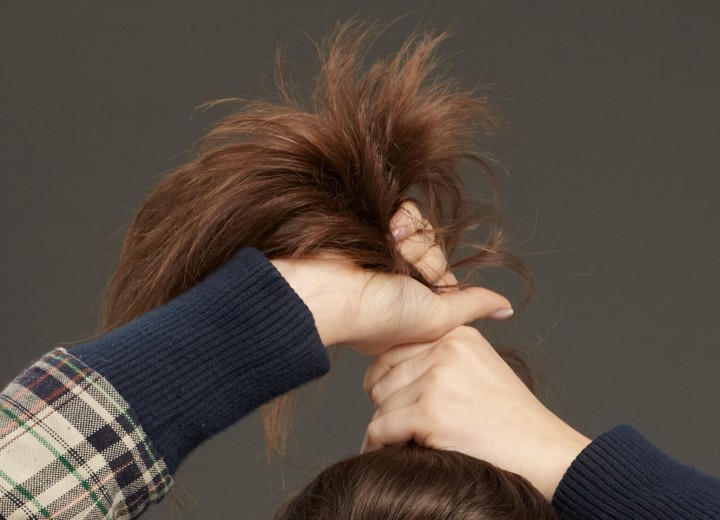


 Added by
Added by


